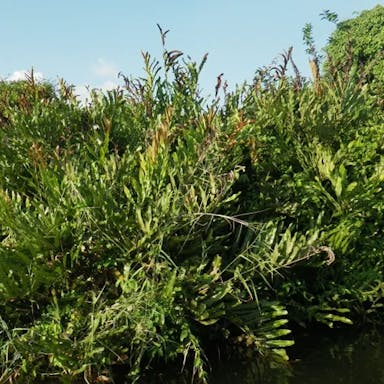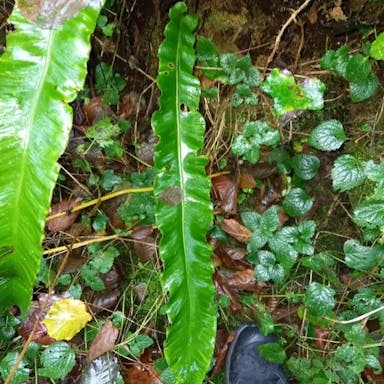Leather ferns thrive in indirect sunlight or partial shade, making them ideal for indoor settings or areas with filtered light. They can tolerate low light conditions but prefer bright, indirect light for optimal growth. They have a moderate tolerance to cold temperatures and can survive in temperatures as low as 50°F (10°C). During the winter, it is best to keep them in a room with temperatures above 60°F (15°C) to prevent damage. In hot climates, leather ferns should be placed in areas with indirect sunlight to avoid scorching. They can withstand heat but may require more frequent watering during periods of high temperatures. The optimum hours of sunlight per day for leather ferns are around 4-6 hours, although they can adapt to varying light conditions. Overexposure to direct sunlight can lead to leaf burn and drying out.
0
0











